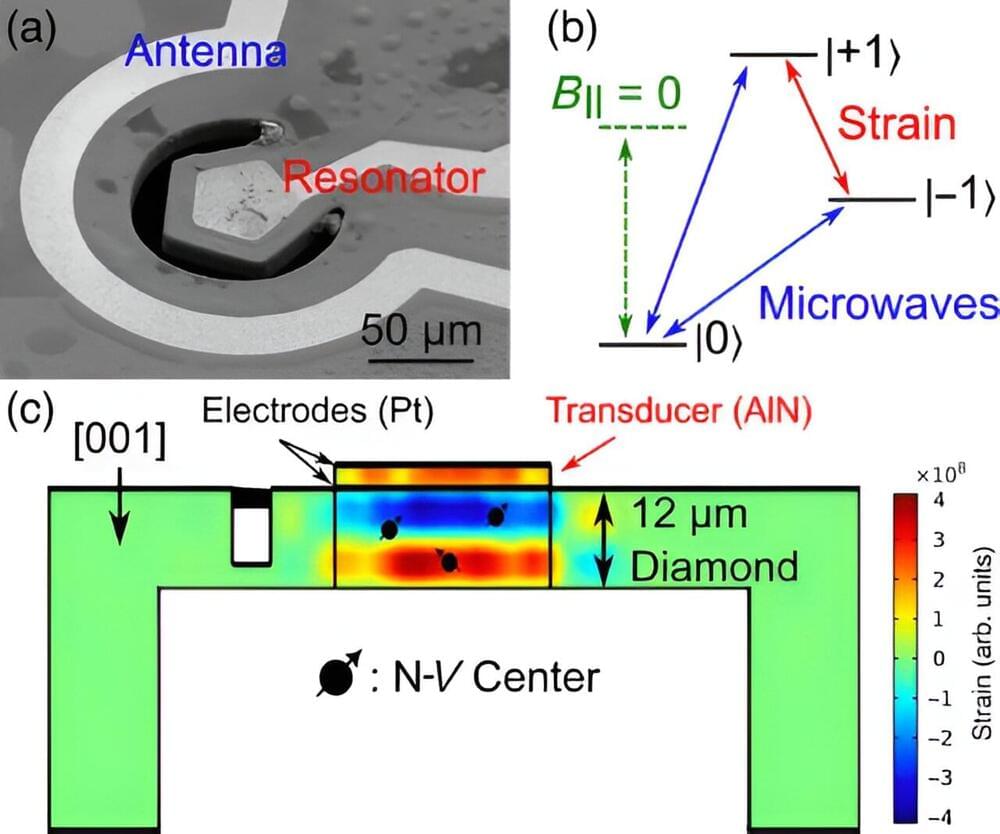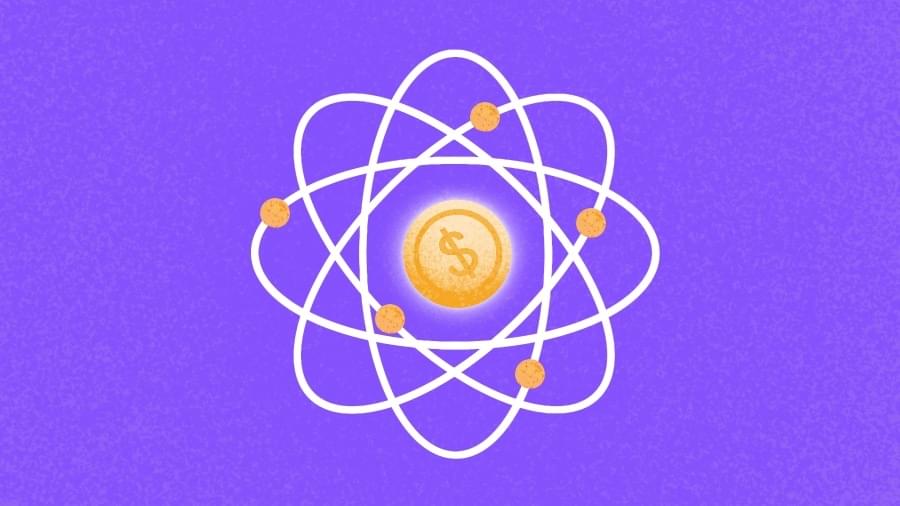Sean is a research professor at John Hopkins and a prolific author known for his books \.
Category: quantum physics – Page 248


After AI, quantum computing eyes its ‘Sputnik’ moment
“Quantum computing is not going to be just slightly better than the previous computer, it’s going to be a huge step forward,” he said.
His company produces the world’s first dedicated quantum decoder chip, which detects and corrects the errors currently holding the technology back.
Building devices “that live up to the technology’s incredible promise requires a massive step change in scale and reliability, and that requires reliable error correction schemes”, explained John Martinis, former quantum computing lead at Google Quantum AI.

Quantum Computing’s Holy Grail: Realizing Topologically Protected Qubits
A team of physicists has successfully created superconducting properties in materials known for conducting electricity only at their edges, marking a potential leap forward in quantum computing technology.
This achievement, which has eluded researchers for over a decade, was made possible through meticulous control of the experimental conditions.
Quantum Breakthroughs

Physicists Pinpoint the Quantum Origin of the Greenhouse Effect
“The moment when we wrote down the terms of this equation and saw that it all clicked together, it felt pretty incredible,” Wordsworth said. “It’s a result that finally shows us how directly the quantum mechanics links to the bigger picture.”
In some ways, he said, the calculation helps us understand climate change better than any computer model. “It just seems to be a fundamentally important thing to be able to say in a field that we can show from basic principles where everything comes from.”


How Tiny Quantum Twists Could Power Tomorrow’s Tech
Researchers at Penn State are working on advanced electronics using something called kink states, which are special pathways for electrons in materials. These paths could help create networks for quantum information, which is essential for the next generation of electronics. Credit: SciTechDaily.com.
Researchers at Penn State are developing advanced quantum electronics using kink states, which are unique electron pathways in semiconducting materials.
These states could potentially form the backbone of a quantum interconnect network, crucial for transmitting quantum information efficiently. The team has made significant advancements in controlling these states through innovative material combinations and device designs, enhancing the potential for scalable quantum electronics.


Scientists say they can reverse time in a quantum system. Here’s how
“We can rewind to a previous scene or skip several scenes ahead.”
An worldwide team of scientists claims to have found a means to speed up, slow down, and even reverse the clock of a given system by taking use of the peculiar qualities of the quantum universe, as reported by Spanish newspaper El País.
The scientists from the Austrian Academy of Sciences and the University of Vienna presented their findings in six separate papers. The basic principles of physics do not transfer intuitively onto the subatomic world, which is made up of quantum particles known as qubits, which can exist in several states at the same time, a phenomenon known as quantum entanglement.

Riverlane Locks Up $75M As Quantum Funding Continues Strong Year
Startup Riverlane helped continue what has been a strong year for venture funding in the quantum computing industry.
The U.K.-based firm — which specializes in quantum error correction technology — raised a $75 million Series C led by Planet First Partners. The round also includes participation from ETF Partners, EDBI, Cambridge Innovation Capital, Amadeus Capital Partners, the National Security Strategic Investment Fund and Altair
The company’s tech helps quantum computers perform without succumbing to eventual errors. Such computers typically can only perform a few hundred quantum operations before failure.